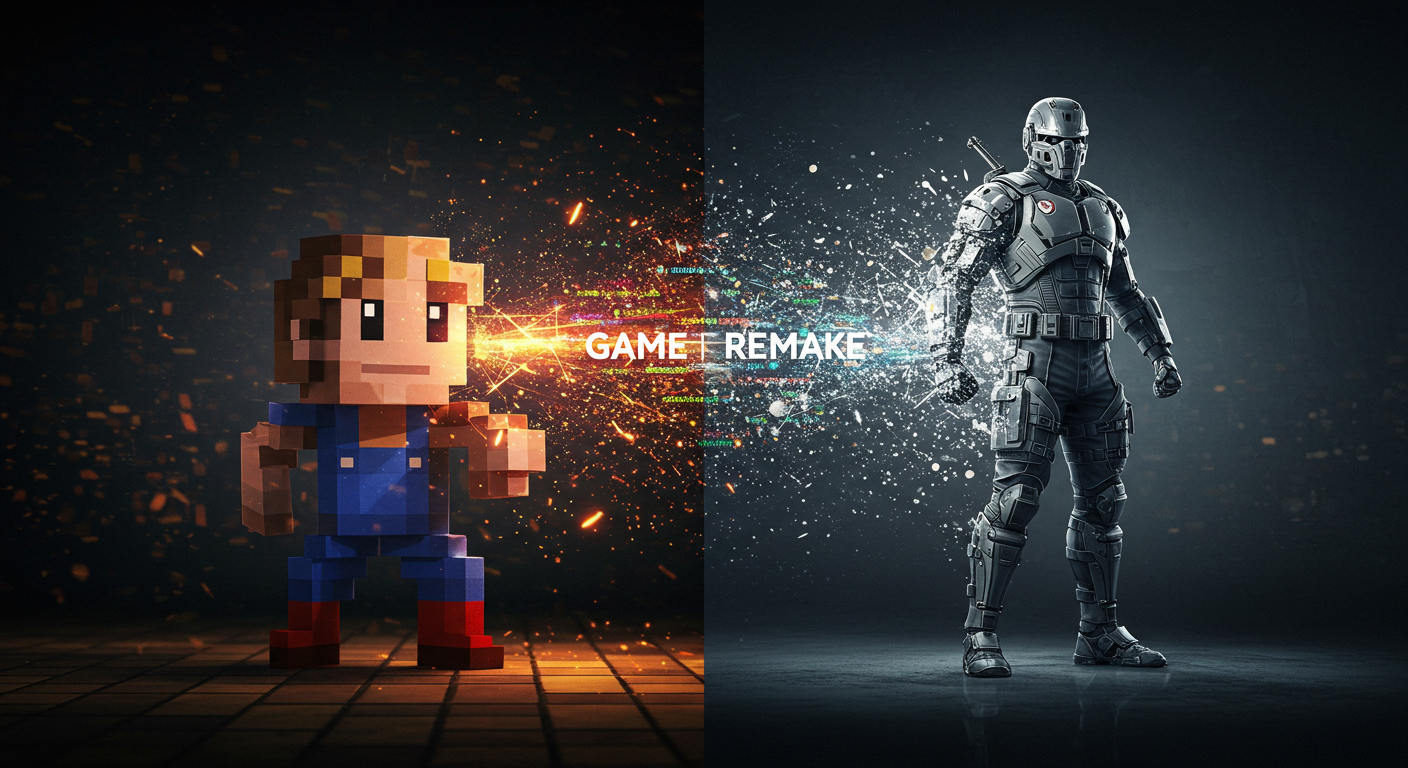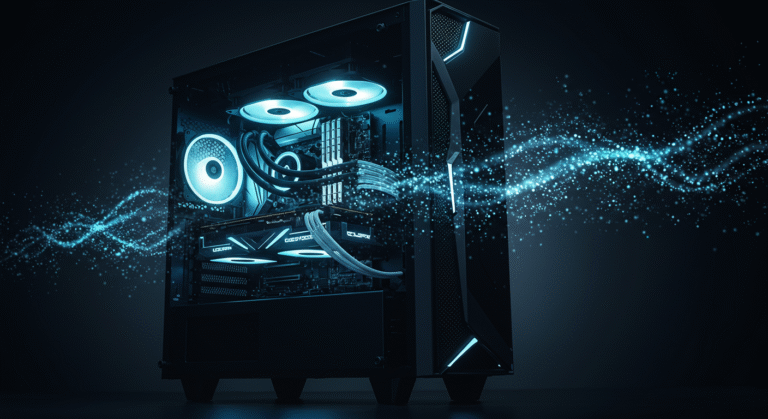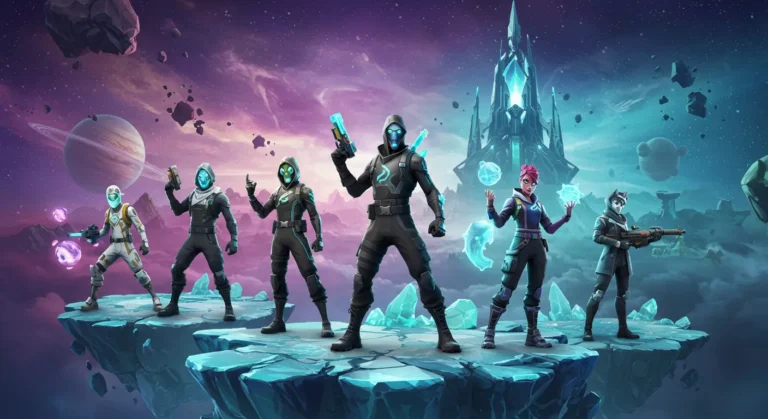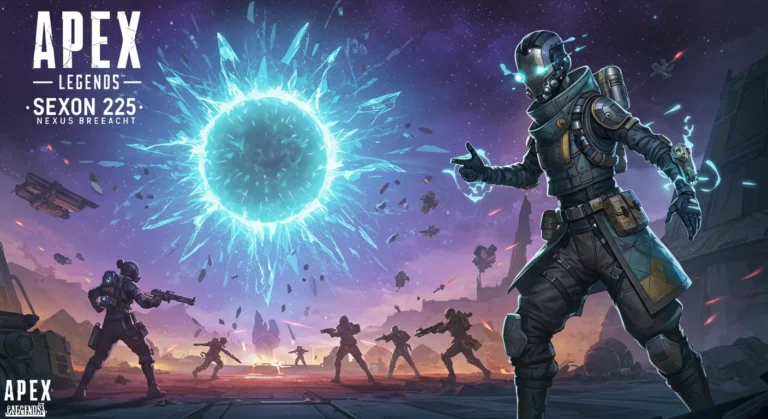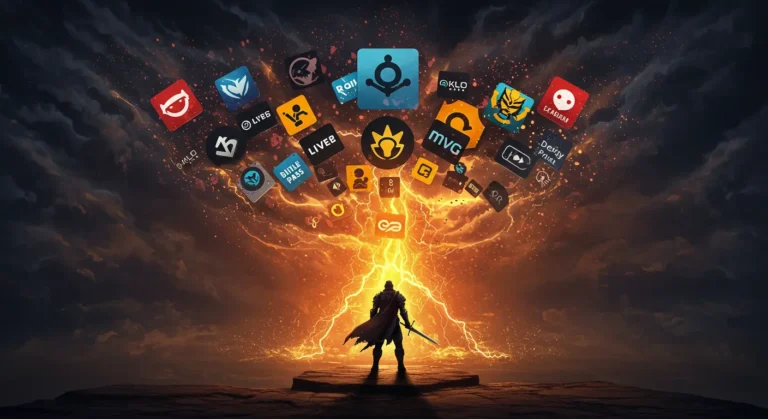Game Remakes: A Creative Renaissance or Just Easy Nostalgia?
Flick through any gaming news site or digital storefront in 2025, and you’ll be met with a familiar, almost overwhelming, sense of déjà vu. The Last of Us Part I, Dead Space, Resident Evil 4, Final Fantasy VII Rebirth – the list of high-profile, critically acclaimed, and commercially successful game remakes is staggering. This relentless wave of resurrected classics has sparked one of the most passionate debates in the modern gaming community. Are we living through a creative renaissance, where timeless masterpieces are being lovingly preserved and reintroduced to a new generation? Or is the industry succumbing to a form of creative bankruptcy, mining our nostalgia for easy, low-risk profit? The truth, as is often the case, is a complex and nuanced middle ground.
The Case for Remakes: A Digital Renaissance
The most compelling argument in favor of remakes is their role as acts of cultural and artistic preservation. Many older, foundational games are trapped on obsolete hardware, their brilliant design obscured by dated graphics, clunky controls, and inaccessible systems. A well-executed remake acts as a bridge across time. It takes the soul of a classic—its core mechanics, narrative themes, and artistic vision—and rebuilds it from the ground up with modern technology.
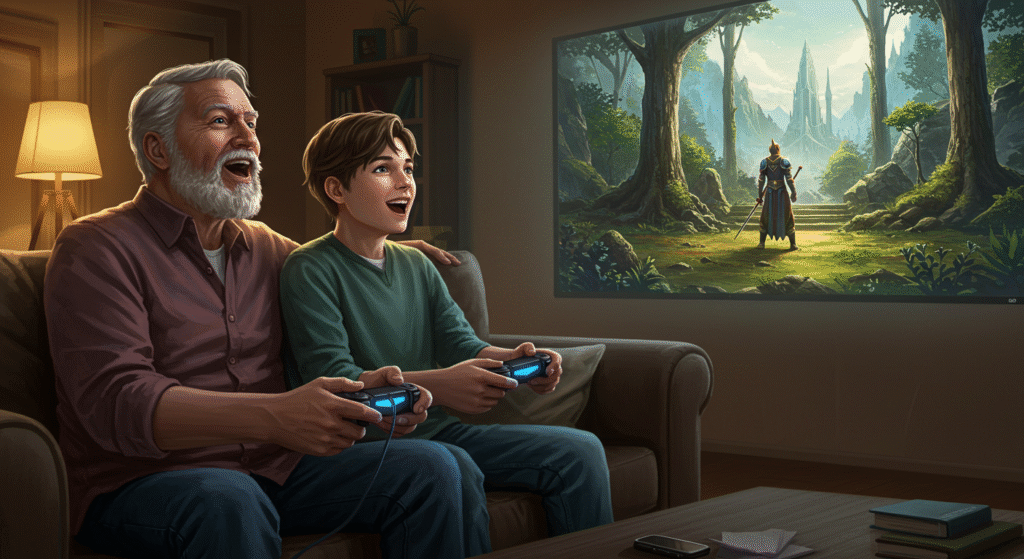
This allows a whole new generation of players, who may have been put off by the original’s technical limitations, to experience these masterpieces for the first time. It’s a way of ensuring that the DNA of what made gaming great is not lost to time. Furthermore, remakes can be a chance for developers to realize their original vision unconstrained by the hardware of the past. They can expand on story elements, refine gameplay loops, and fix long-standing issues, creating what is, in essence, the definitive version of the game.
The “Nostalgia Tax”: When Remakes Feel Like a Cash-Grab
However, the proliferation of remakes also has a cynical side. For publishers, remaking a beloved classic with a built-in fanbase is a significantly lower financial risk than investing tens or hundreds of millions of dollars into a new, unproven intellectual property (IP). This business reality leads to a valid concern: are remakes taking up development resources and release slots that could have gone to creating the next classic?

This concern is amplified when remakes are priced as full-cost, AAA titles, leading to accusations of a “nostalgia tax.” When a remake offers little more than a graphical facelift without significant mechanical or content additions, it can feel less like a loving restoration and more like a calculated business decision to exploit players’ fond memories. The fear is that if this trend continues unchecked, the industry could become overly reliant on its past, leading to a landscape of endless, safe repetitions rather than bold, creative leaps forward.
The Art of a GREAT Remake: More Than Just a New Coat of Paint
The line between a celebrated renaissance piece and a cynical cash-grab lies in the execution and intent. A truly great remake understands and respects the spirit of the original while being bold enough to make meaningful improvements.
- Faithful, Not Identical: The best remakes capture the feeling and intent of the original, even if they change specific mechanics. They understand what made the original special and work to enhance it, not replace it.
- Modernizing with Purpose: They update controls, camera systems, and user interfaces to meet modern standards, removing points of friction without dumbing down the core challenge.
- Meaningful Additions: They might add new content that fleshes out the story, introduce quality-of-life features, or implement accessibility options that allow more people to enjoy the game.
- Respectful Pricing: The price should reflect the amount of work and new content invested. A full-priced remake should feel like a full-fledged new game built on a classic foundation.
Remasters vs. Remakes: A Crucial Distinction
It’s important to clarify the terminology. A remaster is a much simpler process. It typically involves taking the original game’s code and assets and upscaling the resolution, improving the frame rate, and perhaps touching up some textures. It’s the same game, just looking sharper. A remake, on the other hand, is building the game from scratch in a new engine, with all-new assets, animations, and often updated voice acting and mechanics. It is a reinterpretation of the original, not just a polish. The debate often becomes heated when a project billed as a “remake” feels more like a high-effort “remaster” but carries a remake’s price tag.
The Verdict: A Necessary, But Complicated, Part of the Ecosystem
So, are remakes a creative renaissance or a cash-grab? The answer is: they can be both, and the responsibility lies with developers to be artists and with players to be discerning consumers. Remakes are not inherently bad; in fact, they are a necessary and beautiful part of our industry’s lifecycle. They are our definitive editions, our restored masterpieces. They keep the history of our medium alive and relevant.
However, the health of the industry depends on balance. We need these loving restorations of our past, but we also desperately need studios to continue taking risks on new ideas, new worlds, and new stories. The ultimate danger is not that remakes exist, but that they become a convenient excuse for publishers to stop innovating. As a community, we should celebrate the remakes that are crafted with passion and purpose, while also continuing to champion and support the developers who are daring to build the classics of tomorrow.
What’s Your Take on Game Remakes?
Do you see remakes as a celebration of gaming history or a symptom of a risk-averse industry? What’s the best (or worst) game remake you’ve ever played? Join the conversation and share your opinion at SpiritGlitch.com – your home for in-depth gaming analysis.

